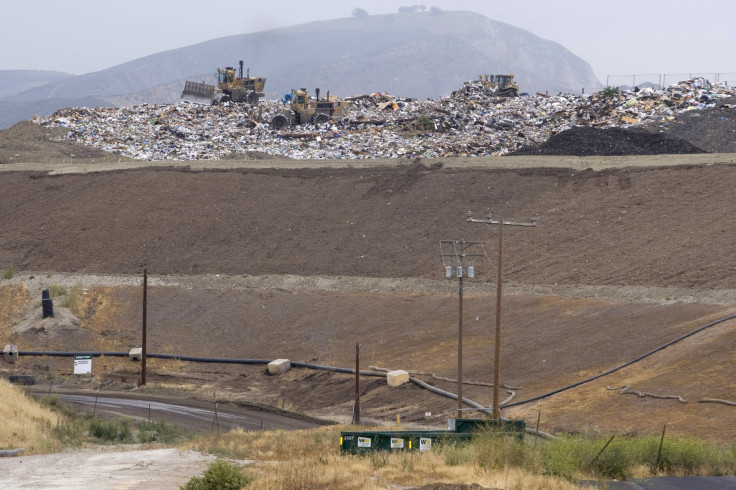Methane Emissions In US 50% More Than EPA Estimate: Study

The emission of methane -- a greenhouse gas generated from both natural and human activity, including the production and transport of fossil fuels -- may be 50 percent more in the U.S. than the Environmental Protection Agency, or EPA, estimates, according to a new study published on Monday in the Proceedings of the National Academy of Sciences.
Methane is the second-most prevalent gas -- after carbon dioxide -- that has been found responsible for climate change by trapping heat within the planet's atmosphere, and the new findings suggest that methane emissions could pose a greater risk to global warming than the government estimates. The study found that the U.S. emitted 49 million tons of methane in 2008, much more than the 32 million tons estimated by the EPA, news reports said.
“Existing state regulations in California and Massachusetts require -- 15% greenhouse gas emissions reductions from current levels by 2020,” the study said. “However, government estimates for total US methane emissions may be biased by 50%, and estimates of individual source sectors are even more uncertain.”
Discrepancies in methane source estimates are more pronounced in the south-central states, where total emissions are 2.7 times greater than the government estimate and account for 24 percent of national emissions, the study said.
“We find greenhouse gas emissions from agriculture and fossil fuel extraction and processing (i.e., oil and/or natural gas) are likely a factor of two or greater than cited in existing studies,” it added.
According to the EPA’s estimates, crude oil and natural gas constitute 30 percent of methane emissions in the U.S., followed by enteric fermentation, a natural digestive process accounting for 23 percent of methane emissions. Other sources include coal mining, landfills, wastewater treatment and manure management.
Methane lasts in the atmosphere for a much shorter period than carbon dioxide, but it is more potent at trapping heat. In equal quantities, the comparative impact of methane on climate change is more than 20 times greater than that of carbon dioxide over a 100-year period, according to data from the EPA’s website.
The new study, which used as many as “13,000 measurements from airplane flights and tall towers,” is regarded as the most comprehensive ever, according to an Associated Press report, which cited experts not associated with the study, which was co-authored by environmental scientists at several U.S. universities and the European Commission Joint Research Centre.
Anna Michalak, a scientist at the Carnegie Institution for Science in Stanford, Calif., who co-authored the study, told AP the study suggests that major methane sources, especially within Texas, Oklahoma and Kansas, were oil, gas and cows.
© Copyright IBTimes 2025. All rights reserved.






















